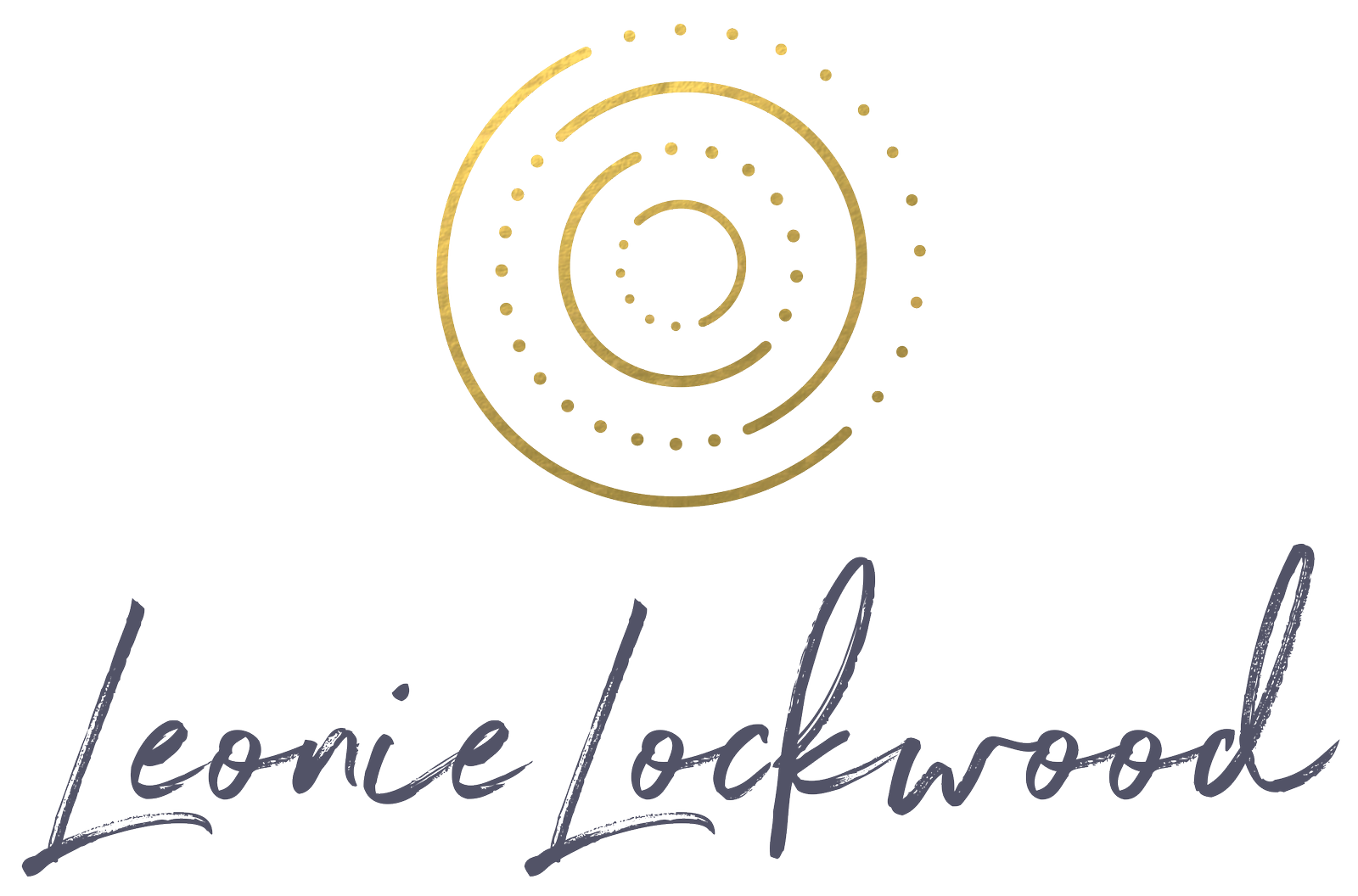The short answer is YES.
And those yogis knew it (even 2000 + years ago).
They created and practiced a range of breath techniques called Pranayama.

Pranayama is a blend of two Sanskrit words, namely, prana which means breath, and ayama, meaning, extension/expansion. Frequently Pranayama practices are described as ‘breath modulation’ practices, but it’s more helpful to consider Pranayama as a way of circulating breath to move energy for the purposes of our internal health.
Breath or prana is our life force. The key energy of the body. Knowledge of these techniques is essential in bringing richness to your yoga asana, meditation practices and general wellbeing. The many techniques are designed to circulate prana throughout the body, with the aim of reducing stagnation or ridding the body of excess; bringing the entire systems of the body into a harmonious balance. All of which will assist in lowering the body’s responses to stress, helping you reduce anxiety and sleep better.
On an esoteric level, the breath techniques help us reach a higher state of self awareness and some say, closer to ‘spirit’. On a physiological level, the techniques can stimulate the cardiovascular system, regulate the endocrine system, balance the central nervous system and activate vagal nerve tone. There is more to Pranayama than simply inhaling and exhaling.
From keeping the nasal passages open, to making sure that the right gestures and mental attitude is being observed, Pranayama is a practice of expansion into the deeper, subtle reaches of the body. International yoga educator and passionate facilitator of “The Breathing Project” Leslie Kaminoff, calls Pranayama the “unobstruction of breath”.
As you practice, focus your intent on the expansion of your life force both into internal and external environments. Always practice with ease and without strain and you’ll soon reap the many benefits of Pranayama.
